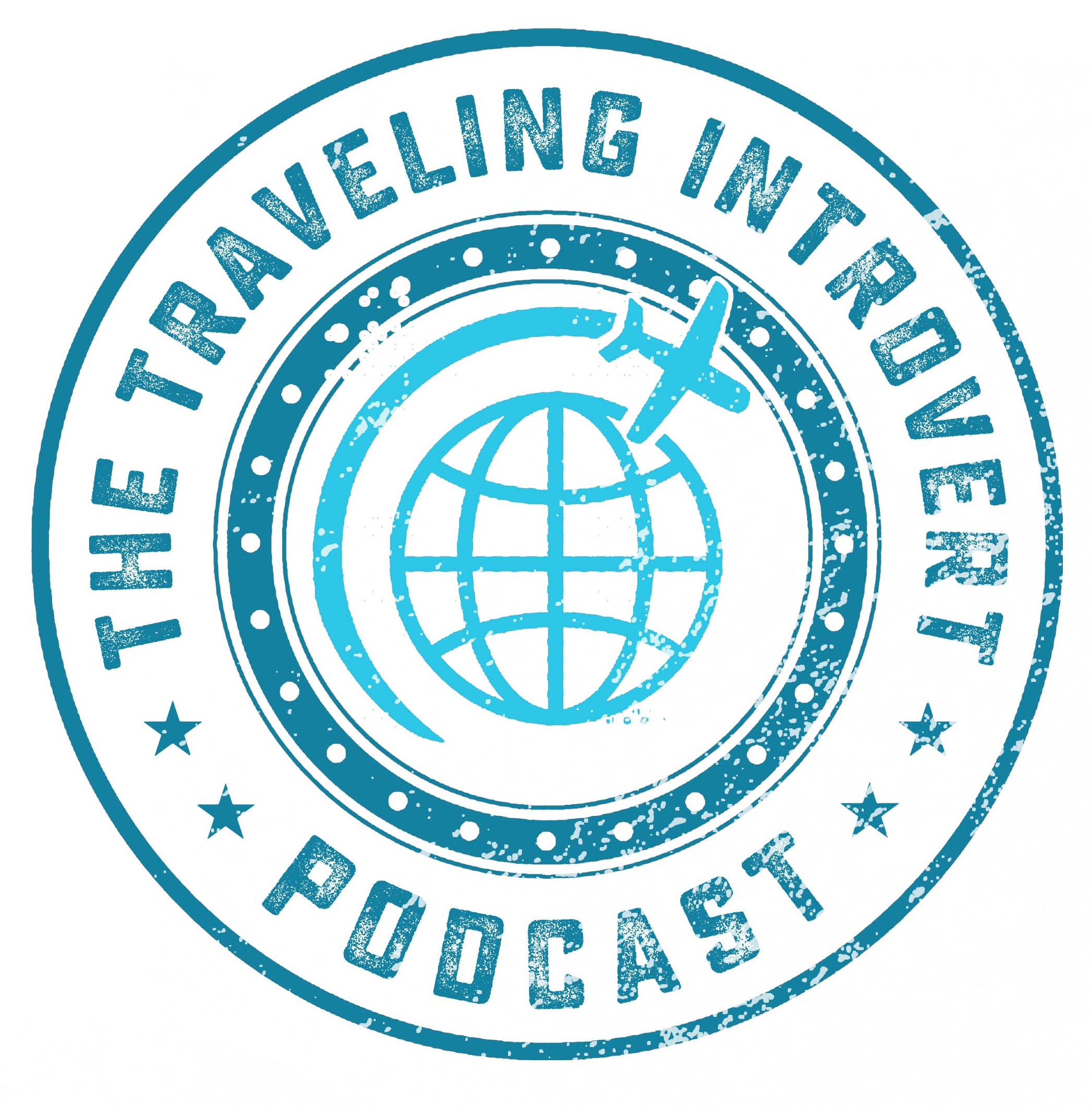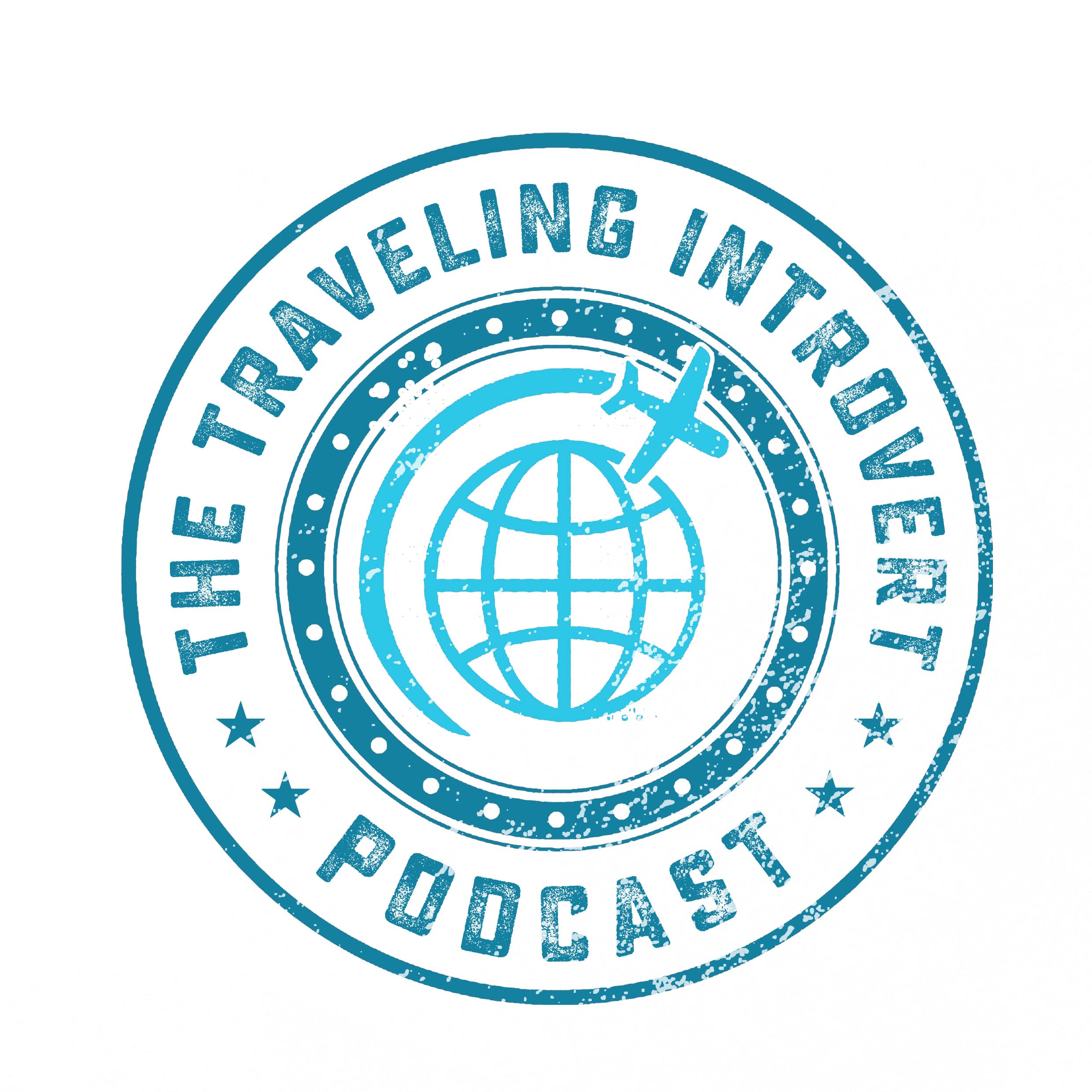Episode 374
Captivate Any Audience with Ease
Certainly! Here’s a comprehensive sequence of topics covered in the transcript along with sub-topic bullets below each primary topic:
### 1. Importance of Public Speaking
- Enhances work and career
- Influences how people perceive you
- Crucial for engaging and educating an audience
### 2. Knowing Your Audience
- Tailoring your bio and message
- Understanding their level and expectations
- Relevance for engagement and impact
### 3. Establishing Tone
- Starting with a compelling statement, question, or relatable story
- Grabbing attention right from the beginning
### 4. Structuring Content
- Organizing content clearly and logically
- Introduction: Outlining what will be covered
- Body: Diving into main points
- Conclusion: Reinforcing key messages, call to action, or food for thought
- Circling back to the start
### 5. Practicing the Delivery
- Becoming comfortable with material
- Avoiding word-for-word memorization (if not suitable)
- Focusing on key points and transitions
- Promoting a natural delivery and flexibility
### 6. Using Visuals
- Enhancing presentation with visual aids
- Using them sparingly and effectively
- Avoiding cluttered slides
- Using sharp images, charts, and minimal text
### 7. Engagement and Interaction
- Interacting with the audience
- Asking questions and inviting opinions
- Incorporating quick activities
- Reading audience cues and adapting accordingly
### 8. Body Language
- Utilizing nonverbal cues, gestures, and posture
- Using open and confident body language
- Moving around the space to maintain engagement
### 9. Closing with Impact
- Summarizing key points
- Leaving a strong closing thought or call to action
### 10. Seeking Feedback and Ongoing Improvement
- Reflecting on what went well and areas for improvement
- Embracing opportunities to speak publicly
- Refining skills and growing confidence
### 11. Conclusion
- Brief message from Janice Chaka promoting her website and services
Transcript
Hello, and welcome to the The Traveling Introvet. Today, I wanna talk a little bit about public speaking speaking in general. It's an invaluable skill as a leader, and it enhances your work, your career, what people think of you. And whether you're addressing a small team in a weekly meeting or a large conference, the ability to engage your audience and have them learn from you is crucial. And so one of the main things that I wanna talk about is just things you should think about no matter what kind of public speaking you're doing, be it presenting to a peer group or managers or the c suite, know your audience. Understanding who you are speaking to is key because you wanna tailor your bio, your message, everything that you do towards their Introvert. Have a level of understanding and their expectations, and this relevance will make whatever you're talking about more engaging and impactful. The tone of your entire thing that you're talking about, whether it be a presentation, a keynote speech, or any of the those sorts of things, the tone should be established in the beginning.
Janice Chaka [:Start with a compelling statement or a thought provoking question or maybe even just a relatable story. A strong start grabs attention and builds interest right from the beginning. And then you need to think about how else to structure your content. What comes after that? Organizing your content clearly and logically Start with an introduction that outlines what you'll cover. Follow with the body of whatever it is you're gonna talk about, whether you dive into your main points, and then make sure you conclude reinforcing your key messages, reinforcing their call to action, or reinforcing that food for thought. And what you can also do is circle back to what you started with, that statement, that question, that relatable story. Tie it all up in a nice pretty bow and practice if you get the chance to. Practice so you become comfortable with the material.
Janice Chaka [:Avoid memorizing word for word if that doesn't work for you. I understand that works for some people. They they it brings them comfort, but focus on key points that you want to cover and transitions. This approach can make your delivery and how you say it and how you come across it more natural, and it also allows more flexibility during the talk. And then there's visuals. Some people would love to use visuals, some people not so much. Visual aids can help improve your presentation in general, but use them sparingly and effectively. Ensure they support your message.
Janice Chaka [:People shouldn't be reading the slide word for word and you're just repeating what's on the slide word for word. It needs to support your message without distracting from it. Avoid cluttered slides and use very sharp images and charts and minimal text to emphasize and support and reinforce your points. A really key thing and what I've heard a lot of, organizations are looking for now when they're thinking about people to speak is engagement and interaction. Interacting with your audience and not speaking at them is is huge. Make sure presentation more memorable. Ask questions, invite opinions, incorporate quick activities, read your audience's cues, and be prepared to adapt your presentation style as needed. Sometimes you're gonna get a really quiet, audience, and sometimes you're gonna get a really engaged audience.
Janice Chaka [:So keep that in mind, and don't be disheartened. If you do get a quiet audience, it's not that The, aren't listening to what you're saying. Just maybe they're not in that right mind frame or something's happened or they're at work. I don't know whatever it might be. Think about your body language. Nonverbal cues, gestures, posture greatly influence the reception of your message. Use open confident body language to convey enthusiasm and connect with your audience. Moving around the space or the stage also helps maintain engagement and, stops people getting bored.
Janice Chaka [:And close with impact. End whatever you're talking about on a strong note. Summarize your key points and leave your audience with a closing thought or call to action. And, of course, seek feedback so you can then go on and improve. Reflect on what went well and what can be improved. Ongoing education and improvement are essential for good public speaking. So embrace every opportunity you get to peak to speak publicly to refine your skills and grow your confidence. Thank you for listening.
Janice Chaka [:This is Janice at thecareerinturret.com, helping you build your brand and get hired. Have a great rest of your week.



